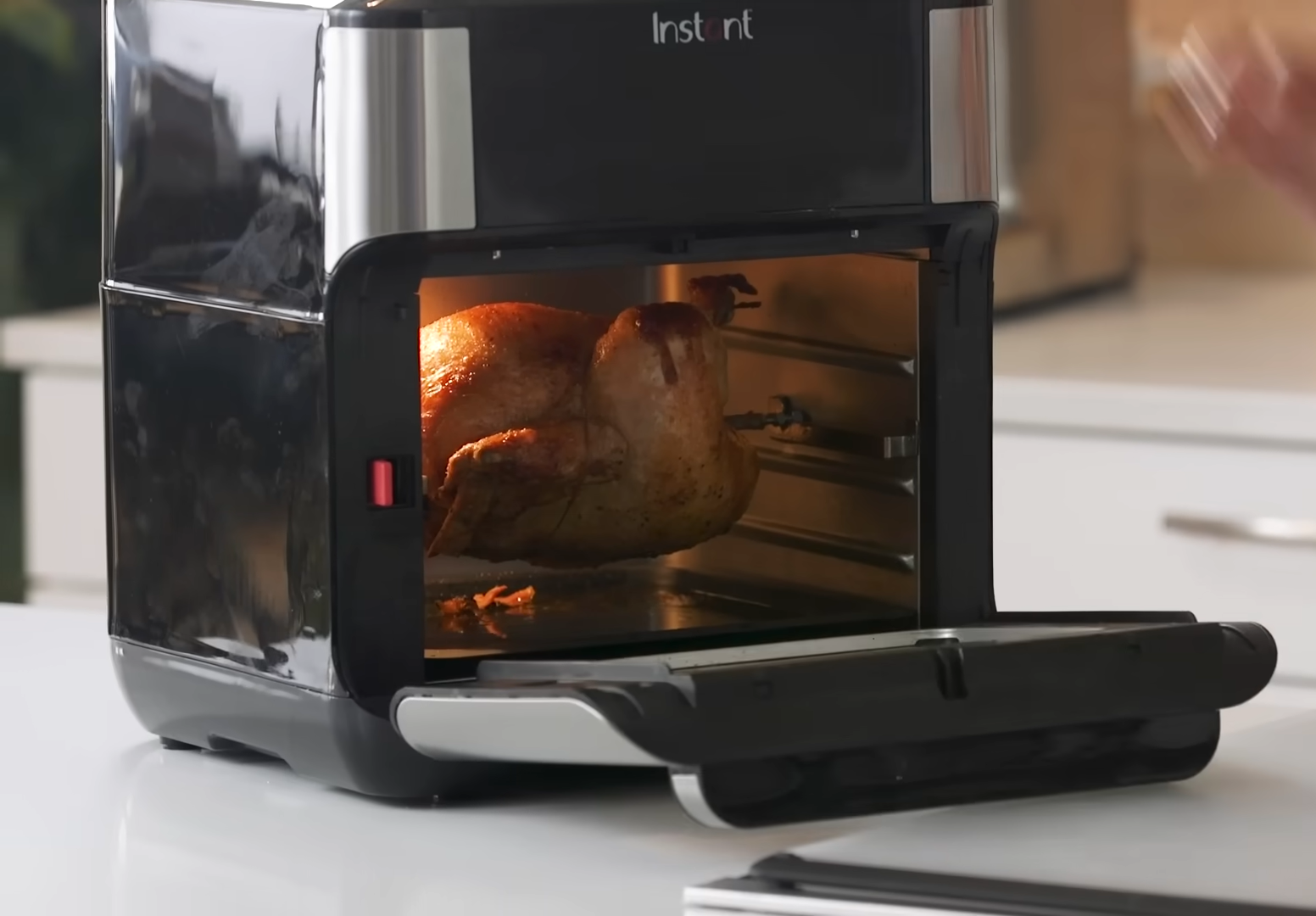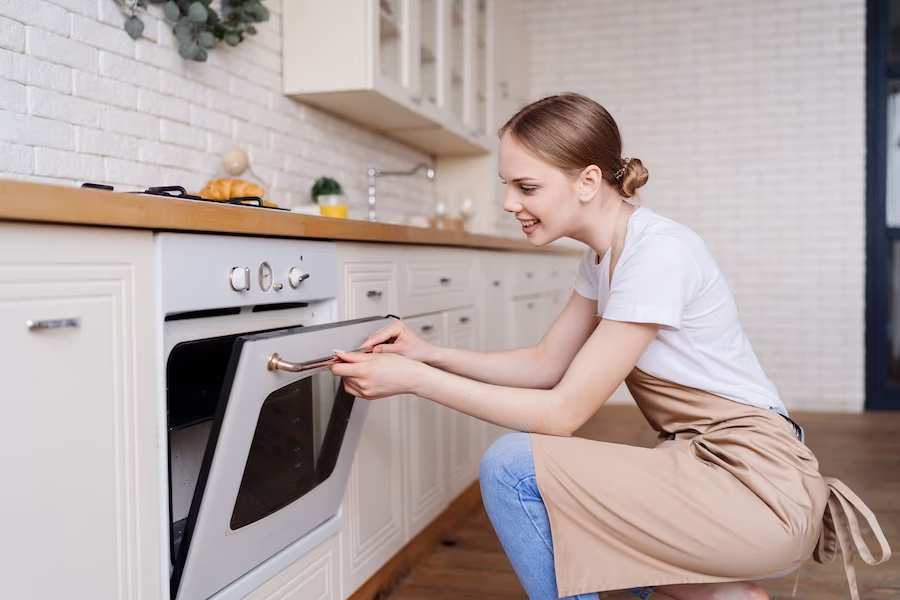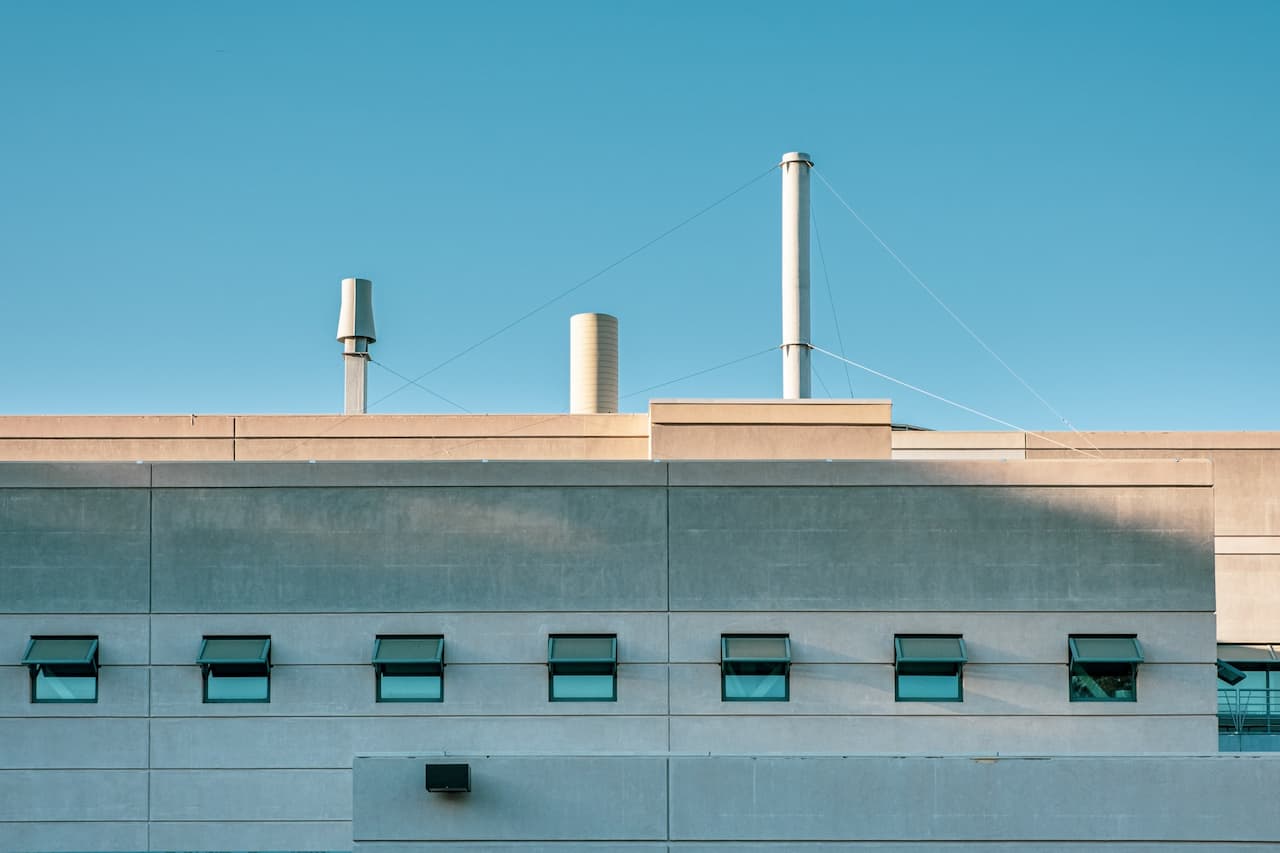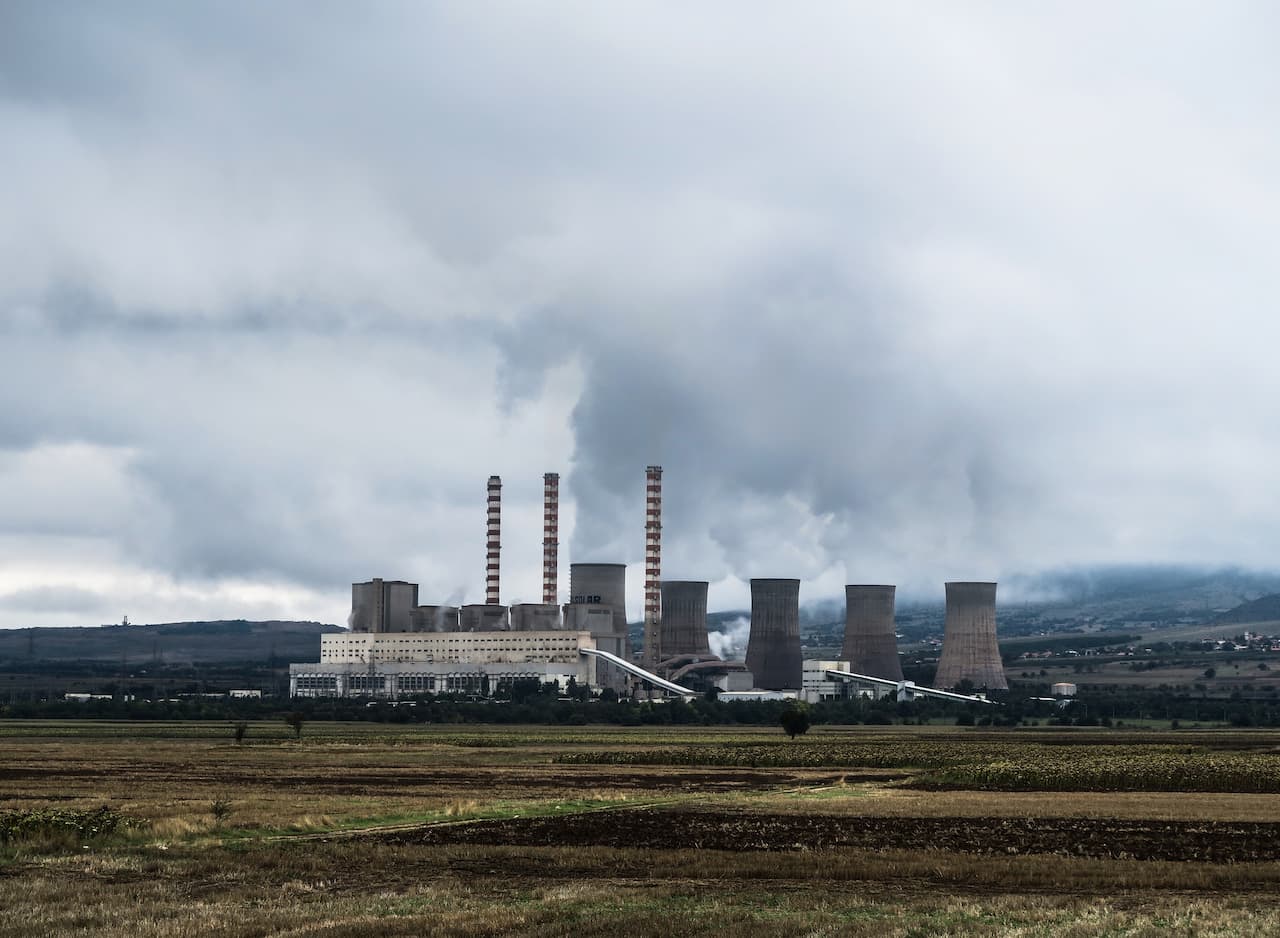In recent years, the air fryer has soared in popularity, making it one of the most sought-after kitchen appliances. Its appeal is further enhanced as air frying functionality has been integrated into versatile cooking devices. While initially promoted for its health benefits compared to traditional frying, it’s worth noting that air frying operates more similarly to a regular convection oven in terms of its cooking mechanism. Both the air fryer and the convection oven utilize a heating element and fan to circulate hot air around the food, but there’s a key difference in performance due to size. While fan ovens focus on even baking, air fryers prioritize rapid crisping of your meals.
Now, if you’re aiming to save energy and money on utility bills, the big question arises: which option is more efficient? Can transitioning to predominantly air frying your food lead to noticeable energy savings? Let’s delve into the details to find out the best choice for you.
Air Fryer Electricity Consumption
An air fryer typically consumes electricity at a rate of 1.4 kWh to 1.8 kWh per hour when in operation. Considering most air fryer recipes take around 15-20 minutes to cook, the energy usage ranges from 0.35 kWh to 0.6 kWh. The combination of speed and power in air fryers allows for quick cooking, and their lower energy consumption compared to larger appliances like ovens can contribute to reducing utility bills.
In a personal experiment with a combination pressure cooker/air fryer, the power usage remained consistently at 1608 watts, equivalent to approximately 1.6 kWh during the five-minute test, showing its efficiency and stability.
Evaluating Energy Usage
Air fryers are relatively energy-efficient compared to certain cooking appliances, such as ovens. They typically consume about half the energy of a convection oven and a similar amount to a deep fryer. However, they do use approximately twice the power of a microwave and up to six times that of a crockpot.
It’s essential to consider average cooking times and the types of dishes each device is capable of preparing. While a crockpot uses far less power than an air fryer, it operates for longer periods (around 6 hours on average), and its culinary applications differ from those of an air fryer, which is used for shorter durations (15 to 20 minutes).
Similarly, microwaves are highly energy-efficient, with only about 83 watt-hours of power used for a 5-minute operation by a 1000-watt microwave. However, they have limitations on the types of foods they can cook effectively.
When directly compared to deep fryers, which share similar food preparation, air fryers fall somewhere in the middle in terms of energy efficiency. They are not exceptionally energy-efficient, but they also don’t consume excessive power. The overall energy usage depends on the cooking times and the specific dishes prepared.
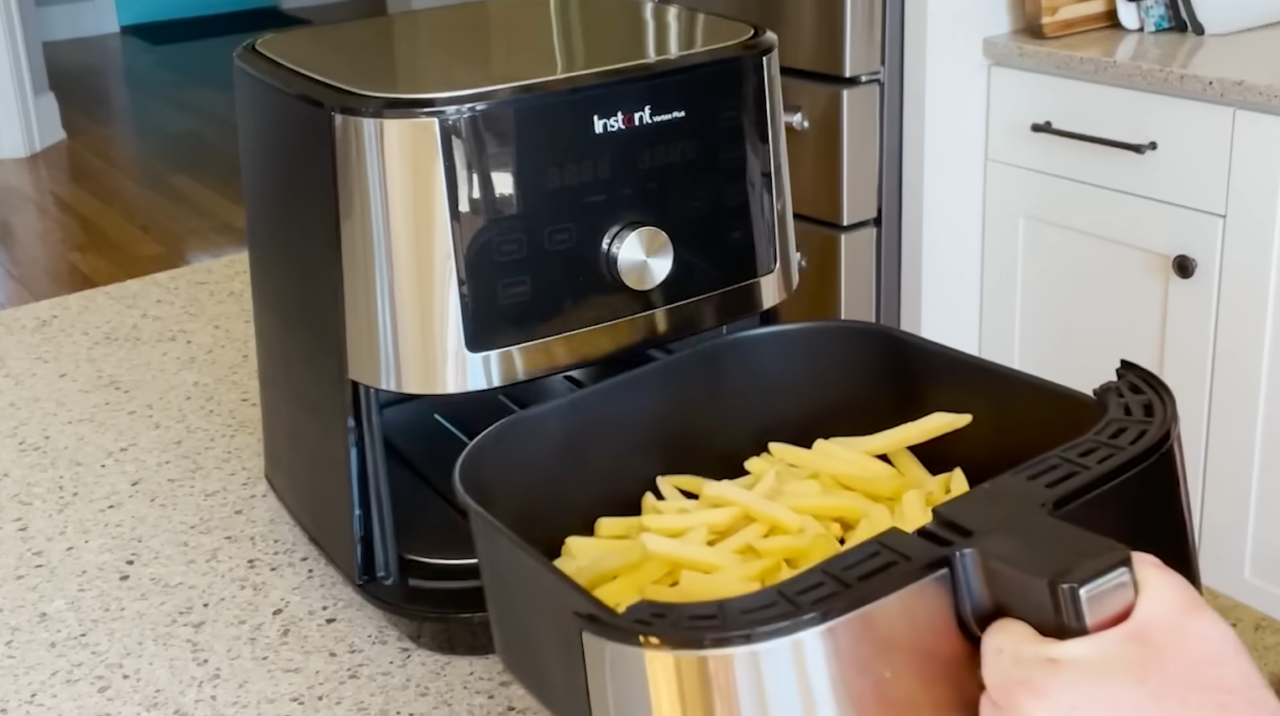
Air Fryer vs. Oven: Electricity Consumption Comparison
Air fryers typically consume 1400 to 1800 watts of power, while convection ovens use a higher range of 2000 to 5000 watts. On average, an air fryer uses around 1700 watts, and an oven uses approximately 3000 watts, making the air fryer the more energy-efficient choice. When comparing foods that can be cooked in both appliances, the air fryer proves to be the more economical option. Not only does it use less power while operating, but it also cooks food faster, eliminating the need for extended cooking times and preheating.
However, there are situations where an oven might be a more energy-efficient choice. If you need to cook multiple courses or larger batches of food, using an oven all at once can save energy compared to using an air fryer multiple times.
Additionally, some ovens use gas instead of electricity, which can offer cost-saving benefits. Ultimately, the most suitable choice depends on the specific cooking needs and preferences of each user.
Air Fryer vs. Oven: Electricity Cost Comparison
The cost of operating an air fryer versus an oven varies based on the type of food you cook. However, in general, air fryers are faster and more energy-efficient. Let’s consider the example of cooking french fries, a common food prepared in both appliances, especially when using frozen fries.
An average air fryer consumes 1700 watts (1.7 kilowatts) of power. Cooking french fries for around 15 minutes in the air fryer uses only 0.425 kilowatt-hours, costing approximately 6 cents at an average electricity rate of $0.14 per kilowatt-hour. On the other hand, an average convection oven uses 3000 watts (3 kilowatts). Cooking french fries in the oven for 25 minutes (including preheating time) results in a total power consumption of 1.25 kilowatt-hours, costing about 17.5 cents.
Comparing these costs, the air fryer cooking method is nearly three times cheaper for the same portion of french fries. The actual savings over a year depend on how often you use the oven for foods that can also be prepared in an air fryer. While not every food will be significantly cheaper in an air fryer, many will yield substantial savings. Over time, these savings could amount to hundreds of dollars rather than just a few cents on your electricity bills.
Pros and Cons of Air Fryer and Oven
Both air fryers and ovens have their advantages and disadvantages. While air fryers cannot completely replace ovens, they do offer significant benefits worth considering.
| Advantages of Air Fryer | Disadvantages of Air Fryer |
|---|---|
| Faster cooking with smaller capacity, allowing quick circulation of hot air around the food. | Limited capacity for cooking larger volumes of food, making it less suitable for entertaining. |
| Crisping of food like deep frying, but with less oil required. | Can only cook one item at a time (though some models have two compartments). |
| Compact size, saving kitchen space. | Limited functions and temperature options compared to ovens. |
| Even cooking, as hot air easily reaches all parts of the air fryer. | Risk of food drying out quickly if overcooked. |
| Dishwasher-friendly parts for easier cleanup. | Potential for noise while operating. |
On the other hand, ovens have their own set of advantages:
- Larger capacity, ideal for cooking large quantities or multiple meals simultaneously;
- Versatility in cooking various types of food, including baking and pizza;
- Suitable for preparing larger items like a Thanksgiving turkey.
However, air fryers’ biggest limitation is their single-task nature, even with newer models having dual compartments. Ovens offer more flexibility, allowing a wider range of cooking options.
Ultimately, if you frequently entertain and cook larger portions of diverse foods, the oven remains a valuable kitchen tool. On the other hand, air fryers serve well for quicker and healthier cooking of smaller quantities, making them a practical choice for certain meals and dishes.
Is an Air Fryer Worth Buying?
Air fryers can be a worthwhile purchase if you frequently cook foods that benefit from this cooking style. Not only can you save money, but you can also enjoy the crispy texture and flavor of fried food without the unhealthy oils associated with deep frying. However, before making a decision, consider your eating preferences and whether an air fryer aligns with your culinary needs.
The cost of air fryers varies, with cheaper options priced around $40 and multifunctional models reaching up to $200. While using an air fryer daily can potentially save you around $10-15 per year on electricity bills, it may take some time to recoup the initial investment. Beyond financial benefits, an air fryer offers time-saving advantages with faster cooking, ideal for those leading busy lives. Moreover, if you savor dishes like fried chicken or french fries, the air fryer’s crisp finish often surpasses that achieved in an oven. If your primary concern is utility bill savings, an air fryer may not pay for itself quickly. However, considering all pros and cons, many individuals will find an air fryer a valuable addition to their kitchen, making it a worthwhile investment overall.

The Most Economical Air Fryer: BELLA Air Fryer
For those concerned about electricity bills, the BELLA air fryer stands out as one of the most energy-efficient options available. Its power consumption is exceptionally low, making it a cost-effective choice. Cooking a typical serving of french fries in this air fryer requires just around 0.35 kilowatt-hours of power. If you use the air fryer three times a week for cooking french fries, you could save approximately $5 per year compared to using the average convection oven. The more you utilize the air fryer instead of the oven, the more energy and money you save over time.
In addition to its economical performance, this air fryer is also budget-friendly, so you won’t have to worry about a hefty initial investment. Using the air fryer regularly can also help prolong the life of your oven, reducing the need for repair bills and potentially postponing the cost of replacing it in the future.
Conclusion
Purchasing an air fryer can indeed lead to savings on your utility bills, although it may not entirely replace the need for your oven. The decision ultimately depends on your family’s eating habits and the types of food you consume. If you often prepare foods like french fries, chicken, and other items suitable for an air fryer, you will use it more frequently and save more money compared to using a conventional convection oven.
However, air fryers have limitations in terms of the variety of foods they can cook and their portion sizes. While your convection oven remains useful, an air fryer can ease the load and reduce energy consumption, offering a cost-effective alternative for certain dishes.


